Retro Classics Test Review - BMW 3 Series: E21 (1975–1982)
Paul Horrell tests the first BMW 'Three'. And falls in love with it.
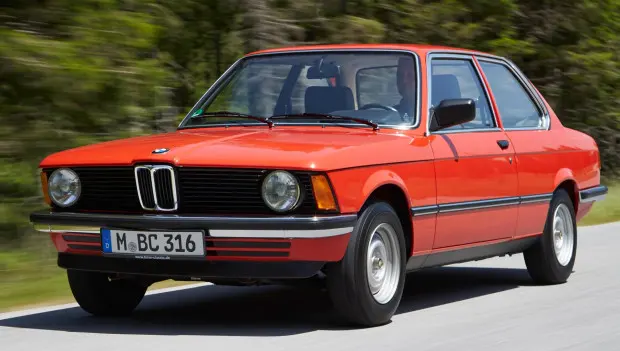
This is the origin. And yes, in a way, it is delightfully simple, like a blank sheet. Our BMW E21 is remarkably fresh — since 1975, it has traveled only 3000 miles.
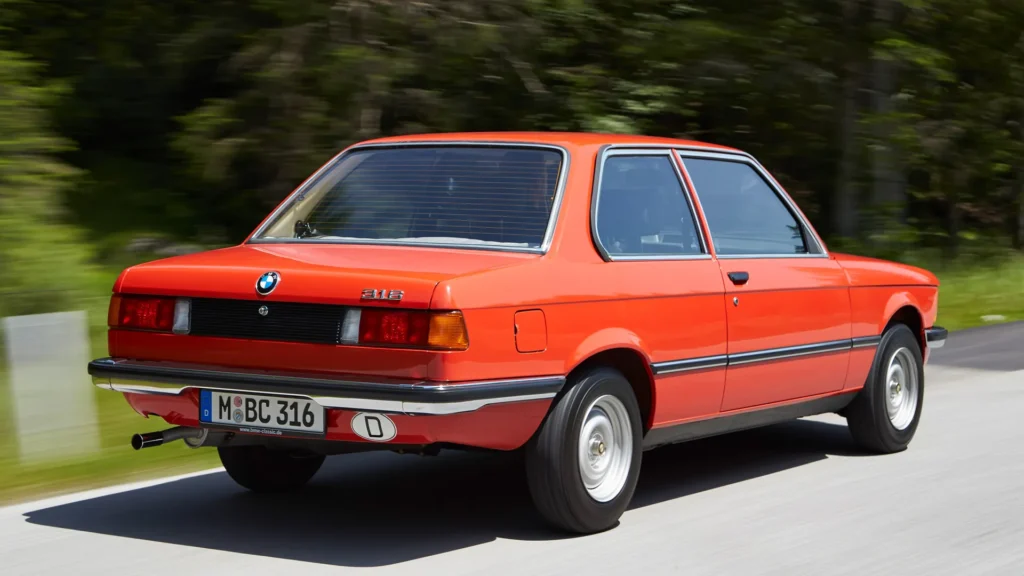
The small four-cylinder engine is fueled through the simplest single-barrel carburetor. To lower the window, you have to turn the handle. And then — lean out and manually adjust the mirrors. It's good that the ventilation deflectors in the cabin are quite large because there is no air conditioning.
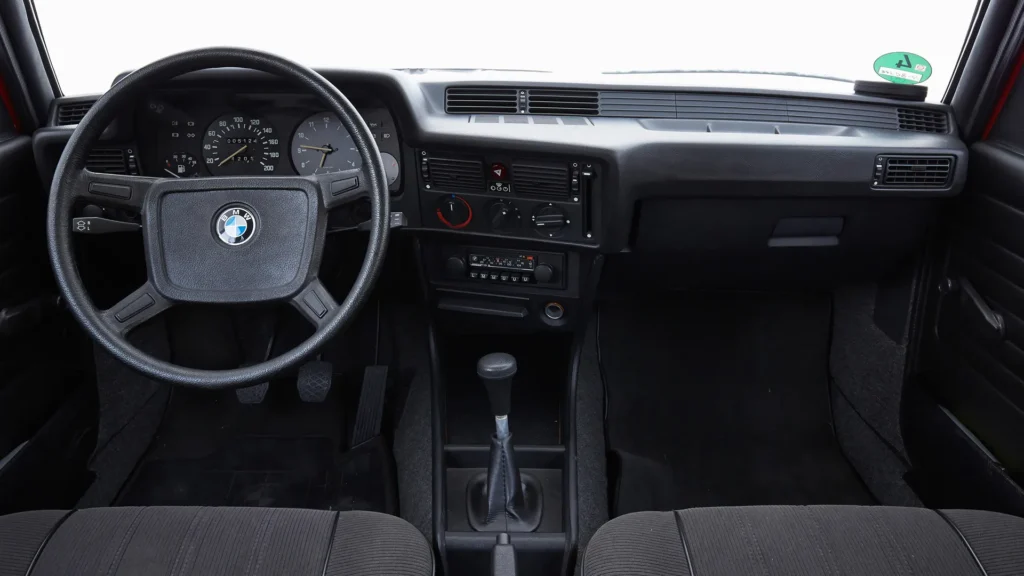
The fonts on the buttons and dials don't strangely match. There's no tachometer, so it's impossible to know how fast the engine is revving. The gear lever has only four numbers.
But sitting here and driving the car is a pleasure. The seat and pedals are perfectly aligned. The visibility is stunning — thanks to the large windows and slender pillars. The car is amazingly compact and succinct. Grab the thin plastic rim of the huge steering wheel — and off you go.
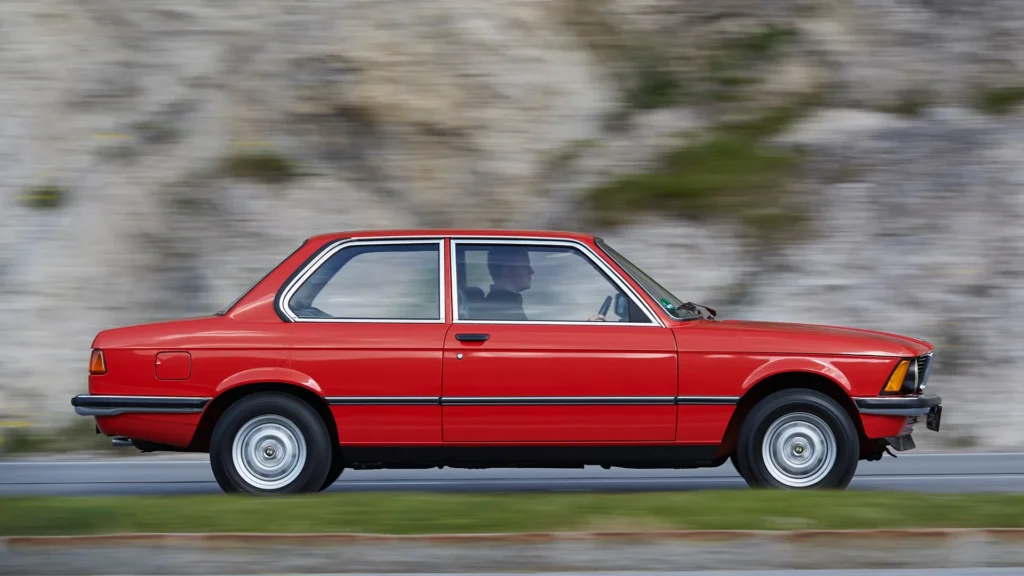
By today's standards, it's not a sports car. But it's very good. It just rolls down the road, with relatively soft suspension, and the tires lazily roll over bumps. Point it into a turn — and it finds its own way out. The steering is fully mechanical, yet very light. And accurate. On the highway, you just sit calmly, no need for constant steering corrections. This car is cozy but not sloppy. It has real poise.

The small overhead-cam engine is spirited and eager. It's nothing like the rough, rattling low-cam 'fours' that dominated that era. It revs freely, though without a tachometer, I don't know to what RPM.
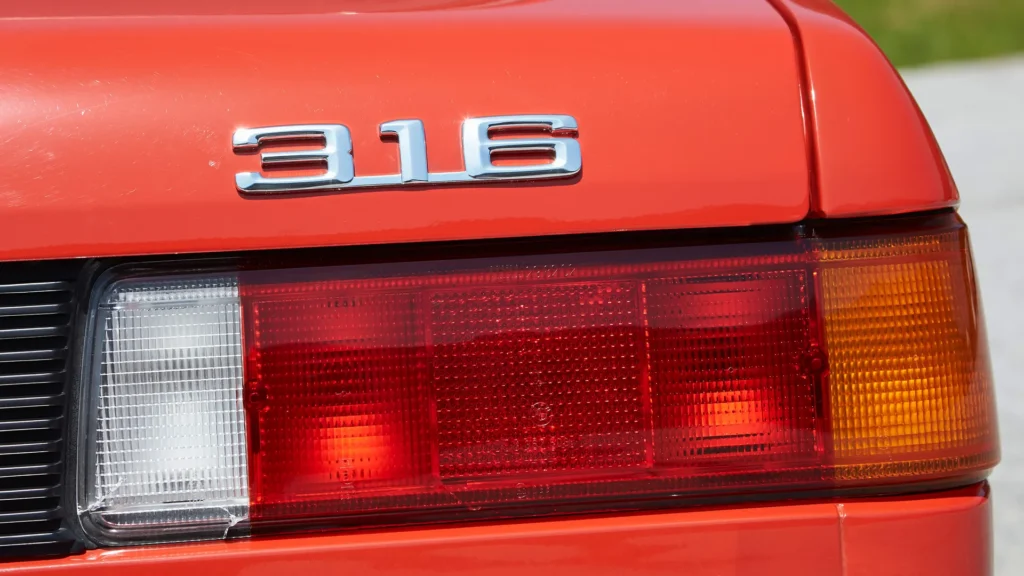
But I'm not afraid to rev it because I know: this block endured 1500 hp in the qualifying versions of turbocharged Brabhams for Formula 1.
This engine already had clear potential back then. Just like the idea of a compact BMW sedan…
You may also be interested in the news:
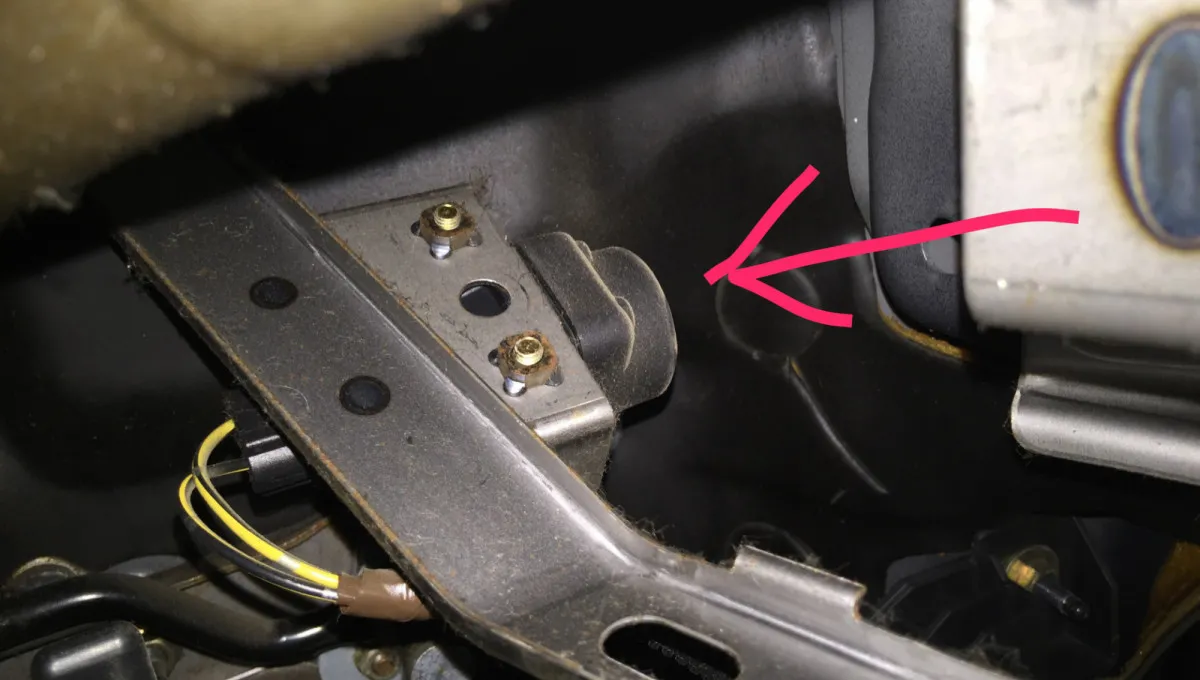
Mystery Button Hidden Under Most Car Dashboards — And Why So Many Drivers Don’t Know It Exists
Modern cars are packed with features and buttons whose purpose can be surprisingly hard to guess.
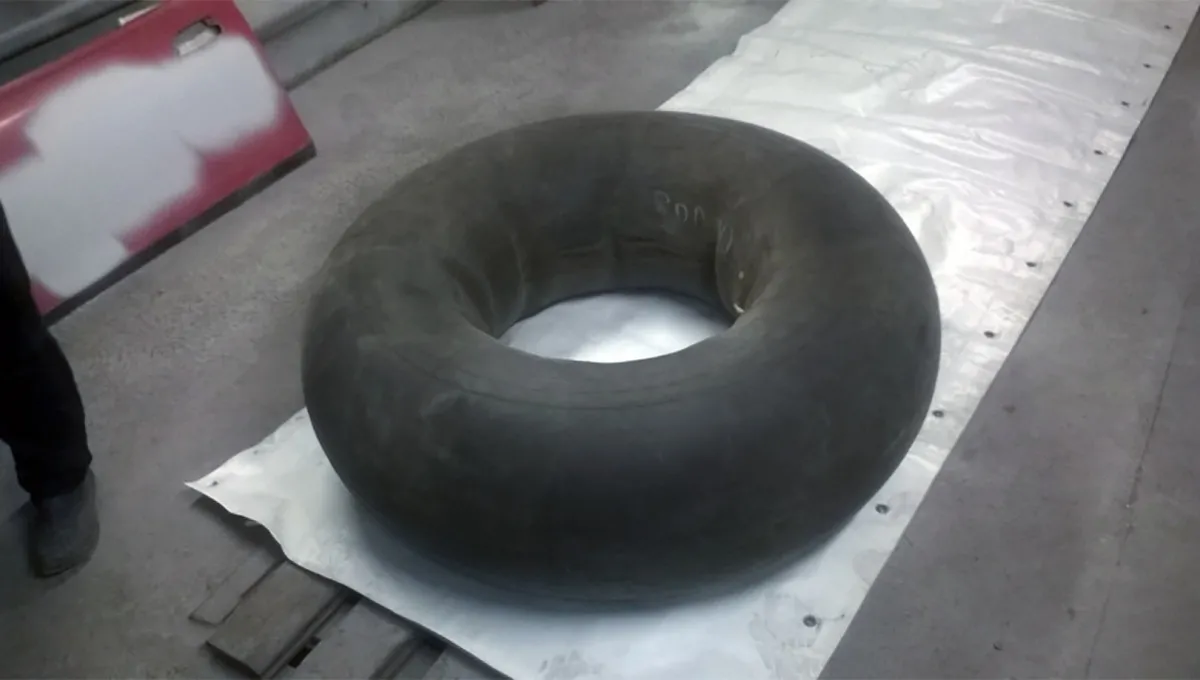
Why Automakers Ditched Inner Tubes for Tubeless Tires: Surprising History and Details
How tubeless tires reshaped road safety and comfort — unexpected facts revealed.
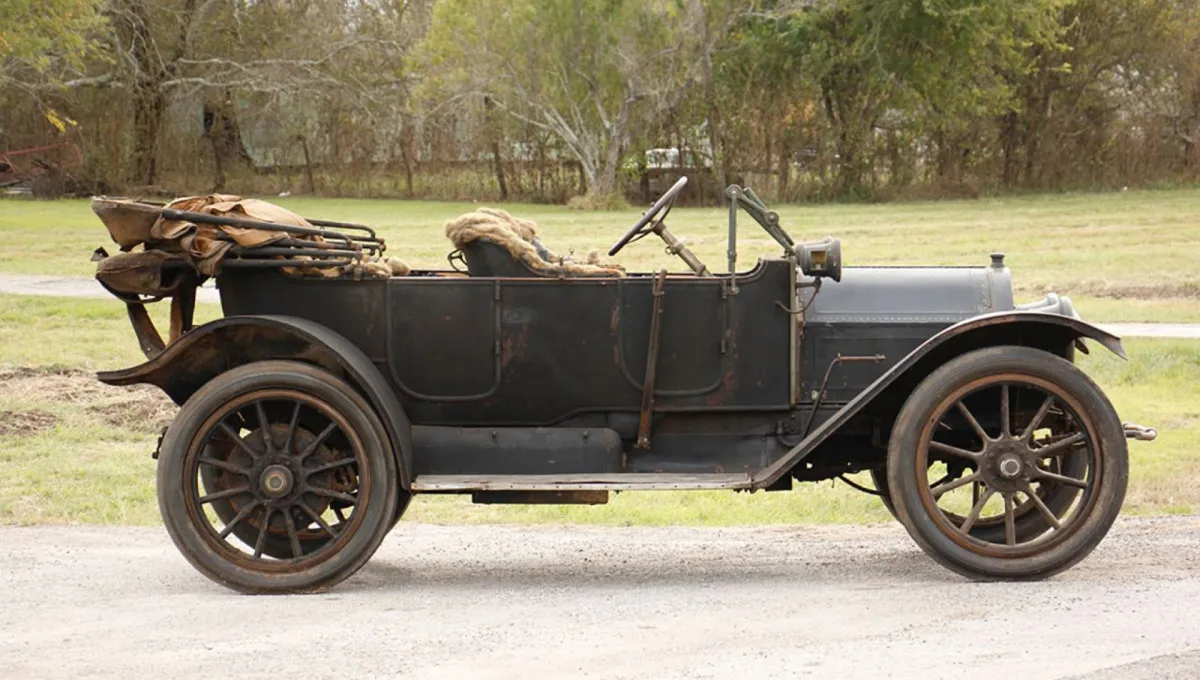
Shine and Glamour of Retro: Al Capone’s Legendary Cadillac
From the very beginning, Cadillac cars have been seen as a symbol of luxury.
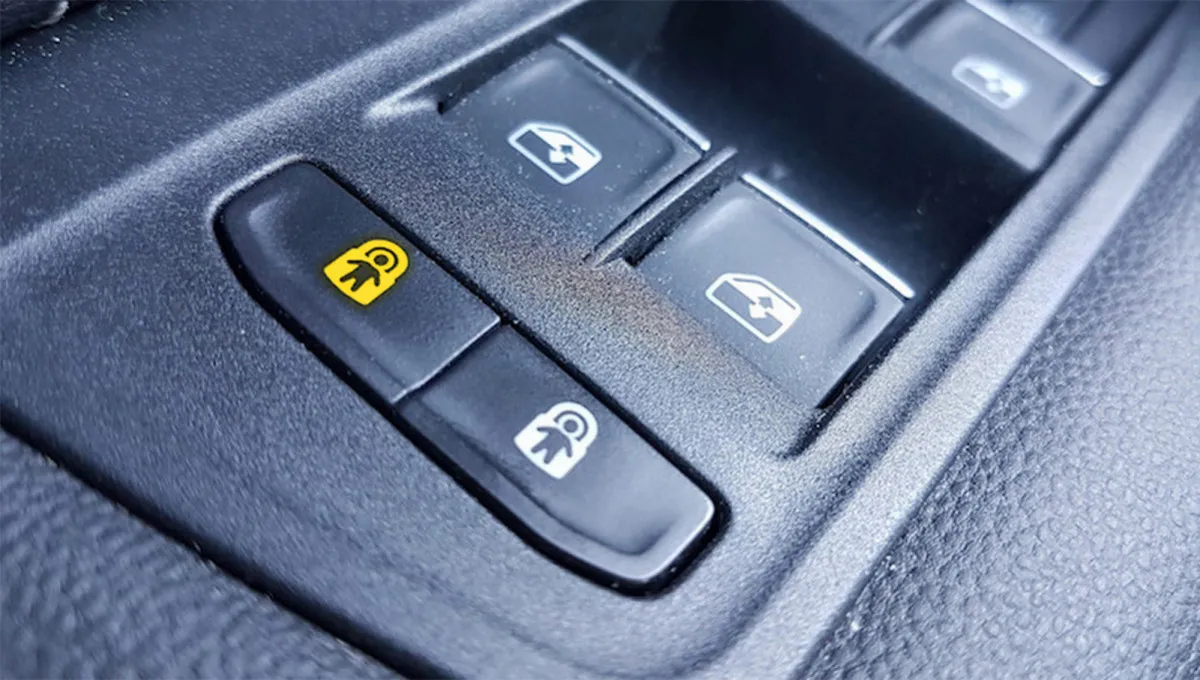
Astronaut Button: What This Mysterious Car Feature Actually Does
Some functions in a modern car make sense only after digging into the owner’s manual — and this little button is a perfect example.

Many American drivers notice round holes in the asphalt — most don’t know why they’re there
People have been speculating for years about what these holes really are.